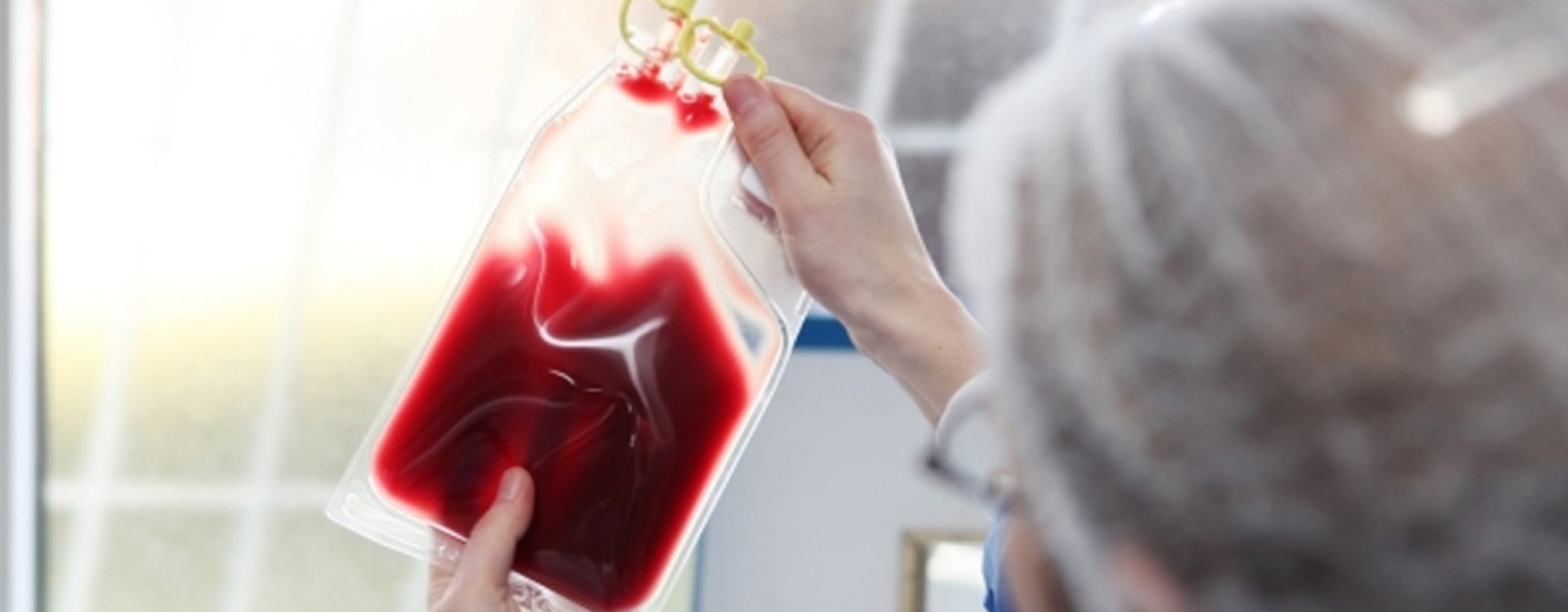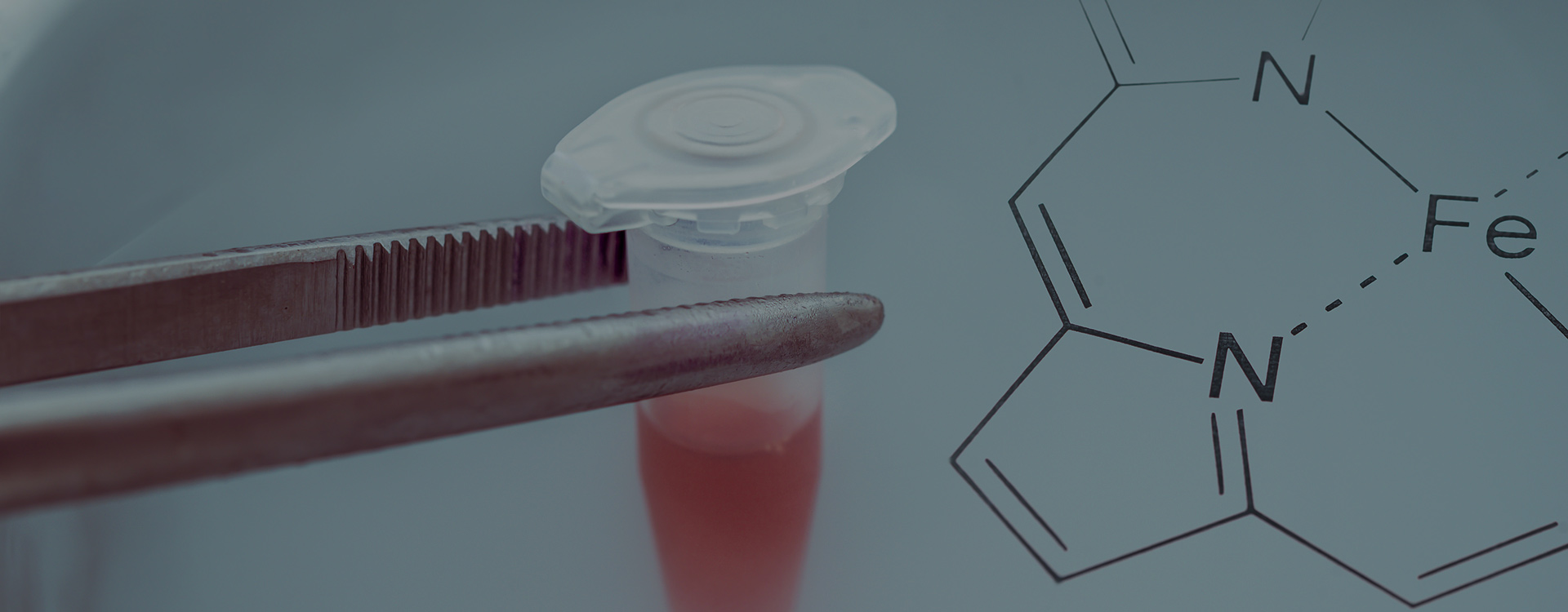In the U.S. today, nearly one in three births occur via Cesarean delivery.
If you are among the 200,000 expectant parents who will bank their newborn’s cord blood this year, you’ll be pleased to know that the cord blood and tissue collection process can proceed whether the baby is delivered vaginally or via C-section — planned or unplanned. In fact, the process is very much the same as with vaginal births once mother and baby have been stabilized.
C-Section Overview
The Cesarean section is a surgical technique to deliver a baby non-vaginally, by removing it surgically from the mother’s womb. C-sections are performed with pain medication, such as an epidural block, a spinal block, or general anesthesia. The surgeon then makes a cut into the abdomen and uterus (usually horizontal but sometimes vertical); opens the amniotic sac and removes the baby; cuts the umbilical cord and removes the placenta; then closes the uterus and abdomen with stitches that will eventually dissolve.
Women have C-sections electively as well as in medical emergencies where the life of the mother or baby is at risk.
Non-elective Cesarean section may be required when:
- The mother has health problems, like infection.
- The mother is carrying more than one baby.
- The baby is too big or in the wrong position for vaginal delivery.
- The health of the baby is at risk.
- Labor is not proceeding as it should.
- There are issues with the placenta, such as with placenta previa, where the placenta covers the uterus.
According to the World Health Organization, factors influencing elective C-sections include:
- Fear of pain during labor and birth;
- The convenience to schedule around the availability of families and healthcare professionals;
- The perception that C-section is less traumatic for the baby;
- A cultural belief that being born on a certain day is auspicious or lucky; and
- A perception that C-section may better preserve the pelvic floor, resulting in less urinary incontinence and a more satisfactory return to sex life [*].
While the C-section has come a long way over time, evidence and expert consensus suggest that C-sections, on average, come with greater risks than vaginal births: more blood loss, more chance of infection or blood clots, more complications in future pregnancies, and a higher risk of death. Even without serious complications, the recovery from C-section tends to be longer and more arduous.
Now that we know what the C-section entails and why women have it, let’s consider how it may impact cord blood collection.
How Cord Blood Is Typically Collected
Cord blood and tissue are collected by your OBGYN or medical professional at the hospital where you give birth. The collection occurs after the baby is delivered and the umbilical cord is cut and clamped. Blood is drawn from the cord with a needle that has a collection bag attached. It’s critical that the bag is FDA-approved for use in sterile environments. The process is non-invasive to mother and baby, painless and quick — usually 5-10 minutes.
How Cord Blood Is Collected During C-Section
In Cesarean deliveries, the priority is always stabilizing the mother and infant before proceeding with the collection. You might think that any delays in collecting the cord blood would reduce the volume collected but the opposite is true: More cord blood is collected in Cesarean deliveries [*].
This may have something to do with the transfer of placental blood to the newborn that occurs naturally with labor and vaginal delivery. At term, about a third of the fetal blood supply remains in the placenta. The mother’s contractions during labor push that blood to the newborn.
The goal in delivery is always to maximize the flow of that blood to the infant, as it can have a positive effect on neonatal iron levels and fetal development. Techniques that do this, such as delayed cord clamping and cord milking, may have an effect on the blood volume remaining in the umbilical cord, but it’s not an area widely studied.
Planned / Elective
If parents are planning on an elective C-section, it will not interfere with the cord blood banking process. The sample collection process is very similar to the process for vaginal births.
Some studies have even shown that cord blood collection immediately after C-sections actually leads to greater blood volume and a richer count of cells than that collected after vaginal birth, especially where the cord blood is collected before detachment of the placenta [*].
It’s worth discussing this and techniques such as cord milking with your care provider if you know ahead of time that you’ll deliver via Cesarean. Note also that not everyone who had a C-section the first time will need one the next time.
Keep in mind that, because of the surgical nature of the procedure, the cord blood extraction can only be started once the gynecologist has stabilized the condition of both mother and child and completed the sealing of the uterus. This can lead to delays in cord blood collection.
Nevertheless, with elective C-section deliveries, the cord blood collection process proceeds essentially the same it does during natural birth. It remains a safe, painless, and non-invasive process for both mother and baby and can be fully incorporated into your birth plan.
Even if the collection process is slightly delayed, ample blood and tissue can still be collected and stored, thus allowing you to provide your child and family with an added layer of protection against a range of diseases and conditions that can be treated with cord blood.
Unplanned / Emergency
Unplanned Cesarean deliveries are often the result of an emergency situation where the fetus or the mother is in danger. The baby or the mother may require urgent attention following birth, and naturally, their welfare becomes everyone's priority in the operating room. Despite this, typically an unplanned C-section still results in a seamless post-delivery cord blood and tissue collection.
In fact, studies have shown that Cesarean section due to fetal distress increases the number of stem cells in umbilical cord blood [*]. While no one would encourage that to happen, it’s one small upside of what may be an anxious situation.
Special Considerations
Are there situations where cord blood cannot be collected? The answer is yes, but it’s very rare.
There can be situations where the utility of the cord blood is rendered useless due to a latent disease or condition with the baby, but this is very rare. There can also be circumstances where there is not enough cord blood collected to process. It’s also pretty rare these days, even with preterm infants.
At MiracleCord, we always want the collecting physician or midwife not to try to make that determination, but rather, have the sample submitted to us so our lab can determine exactly how many viable stem cells we can recover and whether it is enough to save.
With MiracleCord, there is a $200 deposit billed at the time of enrollment (this just covers our costs for the medical supplies in the MiracleCord StemCare® collection kit and shipping of the kit to the client) and the balance isn’t due until after we receive and process the stem cells at our lab facility. If we do not receive the cord blood/tissue (for any reason), or if the sample(s) are not fit for processing and storage, we do not bill for the balance. The client is only responsible for the deposit.
Why MiracleCord?
To prepare yourself for the possibility that your natural birth plans could be altered by an emergency C-section, be sure to pick a provider that, like MiracleCord, provides an FDA-approved, sterile cord blood collection kit. This is critical so the collection bag can be used inside the sterile field in the operating room.
MiracleCord was awarded Best U.S. Cord Blood Bank by Global Health and Pharma in 2021 and again in 2022 for our service, technology, and overall value. Request our Free Info Kit to learn more or call us anytime at 888.743.2673.
The Bottom Line
Cesarean section has over time become a life-saving surgery for mother and baby, and sometimes U.S. women elect to have it even if their child could be delivered vaginally, despite the longer healing time and risks associated with it.
The cord blood collection is essentially the same as with vaginal birth. The myth that a C-section might result in less cord blood to collect due to the delay in collection has been debunked by numerous studies that actually reveal an increased amount of cord blood and stem cells in the umbilical cord following C-section [*].
DISCLAIMER: THE INFORMATION ON THIS WEBSITE IS NOT INTENDED TO BE USED AS MEDICAL ADVICE.The materials and information contained on the MiracleCord website is provided for educational and informational purposes only, and is not intended to, and does not constitute, medical or other health advice or diagnosis, and should not be used as such. You should not use this information to diagnose or treat a health problem or disease. If you are seeking personal medical advice, you should consult with a licensed physician. Always consult with a qualified health care provider regarding a medical condition.




